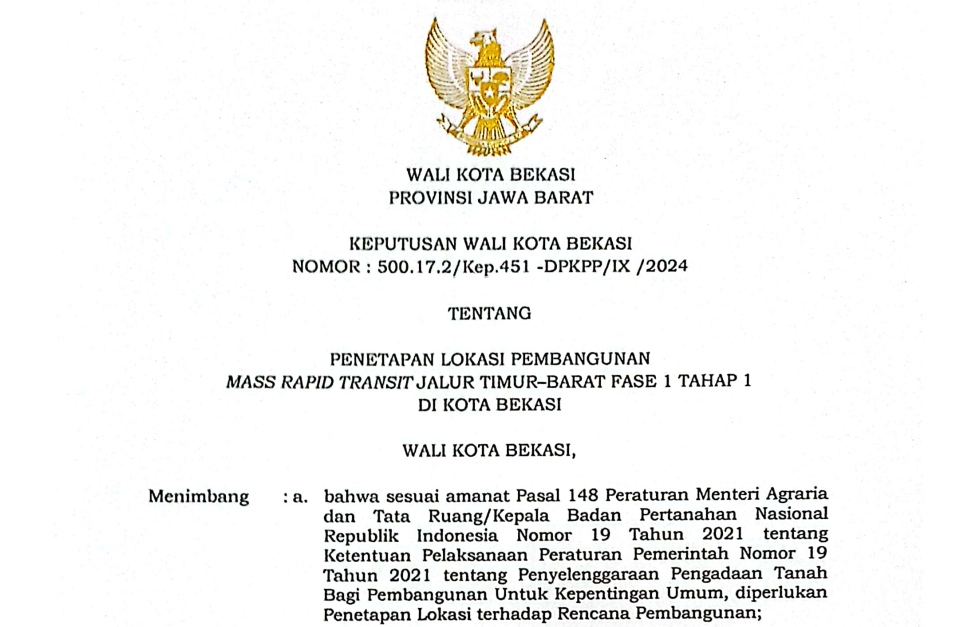About P12 Locomotive Maintenance
P12 maintenance, or what is usually called twelve-monthly maintenance or annual maintenance, is a type of periodic maintenance which aims to maintain the condition of facilities/equipment in good condition.
Annual maintenance is usually based on the Instruction Manual found in each facility. Specifically for this locomotive facility, it is a local manufacturer made by PT. INKA (Persero). Locomotive made by PT. The INKA is of the CC300 type or a Diesel Hydraulic driven locomotive type. With a maximum speed of 120 km/h and maximum traction that can be achieved at 270 KN, it can produce power of 1700 KW gross horsepower (source: PT. INKA website).
The CC300 locomotive has another advantage in the form of being waterproof so this locomotive is usually used as a replacement locomotive for PT. KAI (Persero) to anticipate floods that often occur at Tawang Station, Semarang. Apart from that, the CC300 locomotive design has advantages over the locomotives usually used by PT. KAI (Persero) is a cabin one and cabin two design that is the same size so that it makes it comfortable for the driver who runs the CC300 Locomotive.
The Railway Maintenance Center itself is tasked with maintaining State-Owned Facilities or SMN, one of which is the CC300 Locomotive.
The Ministry of Transportation, through the Railway Maintenance Center, has 5 CC300 locomotives whose assets are spread across several areas, including two units at the Ngrombo Railway Maintenance Workshop, one unit at the Medan Pulubrayan Yasa Hall, one unit at the Jakarta Cipinang Depot, and one unit at the Lampung Tanjungkarang Station.
Annual maintenance/P12 is carried out under supervision by the Railway Maintenance Center team.
Annual maintenance is based on the P12 checksheet prepared by experts sourced from the manufacturer's Instruction Manual. Replacements that are usually carried out during P12 maintenance/ annual maintenance include changing the oil/lubricant on the engine and generator, replacing the oil filter on the engine, generator and water separator, apart from that, both visual and functional checks are also carried out on the braking system, telecommunications system, system. electrical, drive and traction systems, and security systems.
A visual and functional inspection of components needs to be carried out to determine whether there is damage to the component. If damage is seen and it can be repaired immediately, the technician will immediately repair the condition.
Apart from replacing spare parts and consumable parts according to the checksheet that has been prepared, there are other activities in annual maintenance, namely repairing the condition of damaged locomotive components.
This activity is usually called corrective maintenance, namely maintenance activities carried out at any time/unscheduled which aim to restore function to normal.
Repairs to these components usually include repairs to the braking system, air system, engine system and even the locomotive exterior such as the locomotive paint and body. It is also important to pay attention to the condition of the locomotive's exterior, where the good condition of the paint really affects the visuals of the locomotive. Because the CC300 locomotive is usually used to pull the presidential train which is usually aimed at inspecting completed train lines.
The red color is also very identical to the CC300 Locomotive made by PT. INKA (Persero). This is because the railfans community or a group of people who have high enthusiasm for railways usually greet this locomotive as "The Red Loco".
After annual maintenance/P12 is carried out on the CC300 locomotive, a functional test will usually be carried out on the overall condition of the locomotive.
This function test (or what is usually called a performance test) aims to determine the reliability and performance of a locomotive that has undergone annual maintenance. This function test can be carried out by traveling on a track over a predetermined distance, and usually the locomotive will be coupled to a carriage or train to determine its performance on the track. (lhr)






.jpg)




Komentar
LOGIN FOR COMMENT Sign in with Google